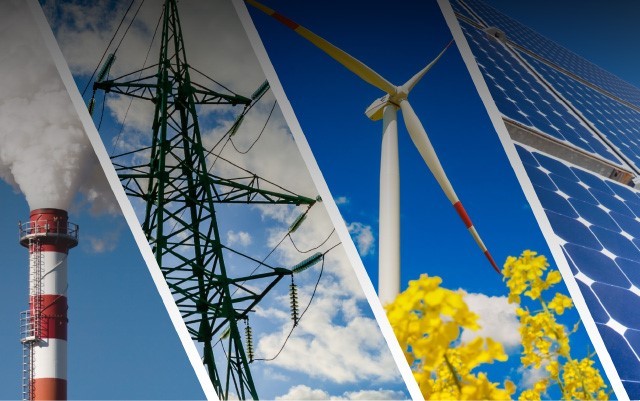Carbon is a chemical element vital for life on Earth, found in various forms such as carbon dioxide (CO2) and organic compounds. It plays a key role in the carbon cycle, influencing climate, ecosystems, and human activities, including energy production and industrial processes.

Carbon Inventorisation
Carbon inventory, or carbon inventories, involves quantifying and tracking carbon emissions and sequestration within a specific area, organization, or system. It includes measuring sources and sinks of carbon, such as fossil fuel combustion, deforestation, and carbon storage in forests or soil. This data informs climate action strategies and mitigation efforts.
Enquire NowCarbon Footprint Consulting
Carbon Footprint Consulting provides expertise to organizations seeking to measure, manage, and reduce their carbon emissions. Consultants analyze the organization's operations, supply chain, and energy usage to calculate its carbon footprint. They then offer strategies to minimize emissions through efficiency improvements, renewable energy adoption, and offsetting measures. This consultancy service helps companies enhance sustainability, meet regulatory requirements, and contribute to climate change mitigation efforts.
Enquire Now

Eddy CDP Consulting
CDP (formerly Carbon Disclosure Project) Consulting assists companies in responding to CDP's environmental disclosure framework. Consultants provide guidance on data collection, analysis, and reporting to meet CDP's requirements. They help companies enhance transparency, manage risks, and capitalize on opportunities related to climate change, water security, and deforestation, fostering sustainability and investor confidence.
Enquire NowGHG Calculations
RGreenhouse gas (GHG) calculations are essential for quantifying the emissions generated by human activities. This process involves gathering data from various emission sources, such as energy consumption, transportation, and industrial processes. Emission factors—coefficients that quantify the emissions per unit of activity—are applied to this data. Using established calculation methodologies, emissions levels of various GHGs, including carbon dioxide, methane, and nitrous oxide, are determined. Accurate GHG calculations are crucial for climate action planning, enabling precise reporting and the development of effective mitigation strategies to reduce emissions and combat climate change.
Enquire Now



